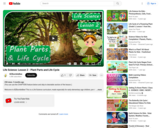
(You can use the CHAPTERS feature below and skip to desirable section of the lesson.)Welcome to BZBumbleBee! This is a Life Science curriculum, made especial...
- Subject:
- Life Science
- Material Type:
- Interactive
- Date Added:
- 03/11/2024

(You can use the CHAPTERS feature below and skip to desirable section of the lesson.)Welcome to BZBumbleBee! This is a Life Science curriculum, made especial...
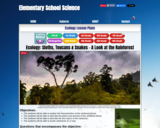
Objectives:
The students will be able to explain the characteristics of the rainforest biome.
The students will be able to describe the plants and animals of the rainforest biome.
The students will be able to describe the four layers of the rainforest.
The students will be able to locate rainforests on a map.
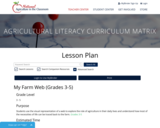
Students use the visual representation of a web to explore the role of agriculture in their daily lives and understand how most of the necessities of life can be traced back to the farm.
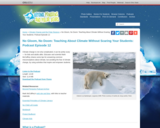
In this podcast, learn how to address climate misconceptions and avoid the fear of climate change by using activities that inspire and empower students.
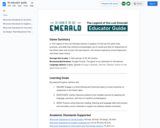
In The Legend of the Lost Emerald, learners in grades 4-6 will use the same tools, practices, and skills that maritime archaeologists use to locate and dive for shipwrecks on the Great Lakes and uncover the real treasure—the stories inspired by actual shipwrecks and Great Lakes history.
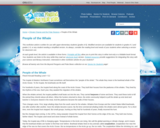
This article describes how the lifestyle of Alaska's Inupiat people have changed over time, and the new challenges they now face as a result of a changing climate. Versions are available for students in grades K-1, 2-3 and 4-5. Related science and literacy activities are included.
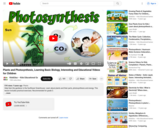
Help Sam the gardener in the Sunflower Greenhouse. Learn about plants and their parts, photosynthesis and energy. This lesson includes practical exercises. Good for grade 3.

Play Video Library is a great resource website for professionals to know more about what play is and how play can be an excellent medium for teaching and learning.
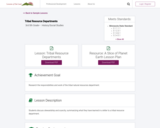
Wise management of tribal lands and natural resources is very important for the future of American Indian communities. Tribes depend on these resources to sustain their economies and cultures long into the future. Tribal leaders know that lands and natural resources are at risk of degradation and there is a need for good management to protect and restore those resources. Each tribe has its own unique and special natural gifts. Coastal tribes have the salmon, Alaska Natives tribes have the caribou, and Great Plains tribes have the bison. In the Great Lakes region there is wild rice and maple syrup. In the Northwest, there is the whale.
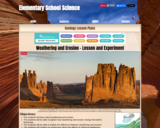
Objectives:
The students will learn about weathering and erosion.
The students will be able to explain how weathering and erosion change the Earth’s landscape.
The students will be able to explain the difference between weathering and erosion.
The students will conduct an experiment about the effects of chemical weathering.